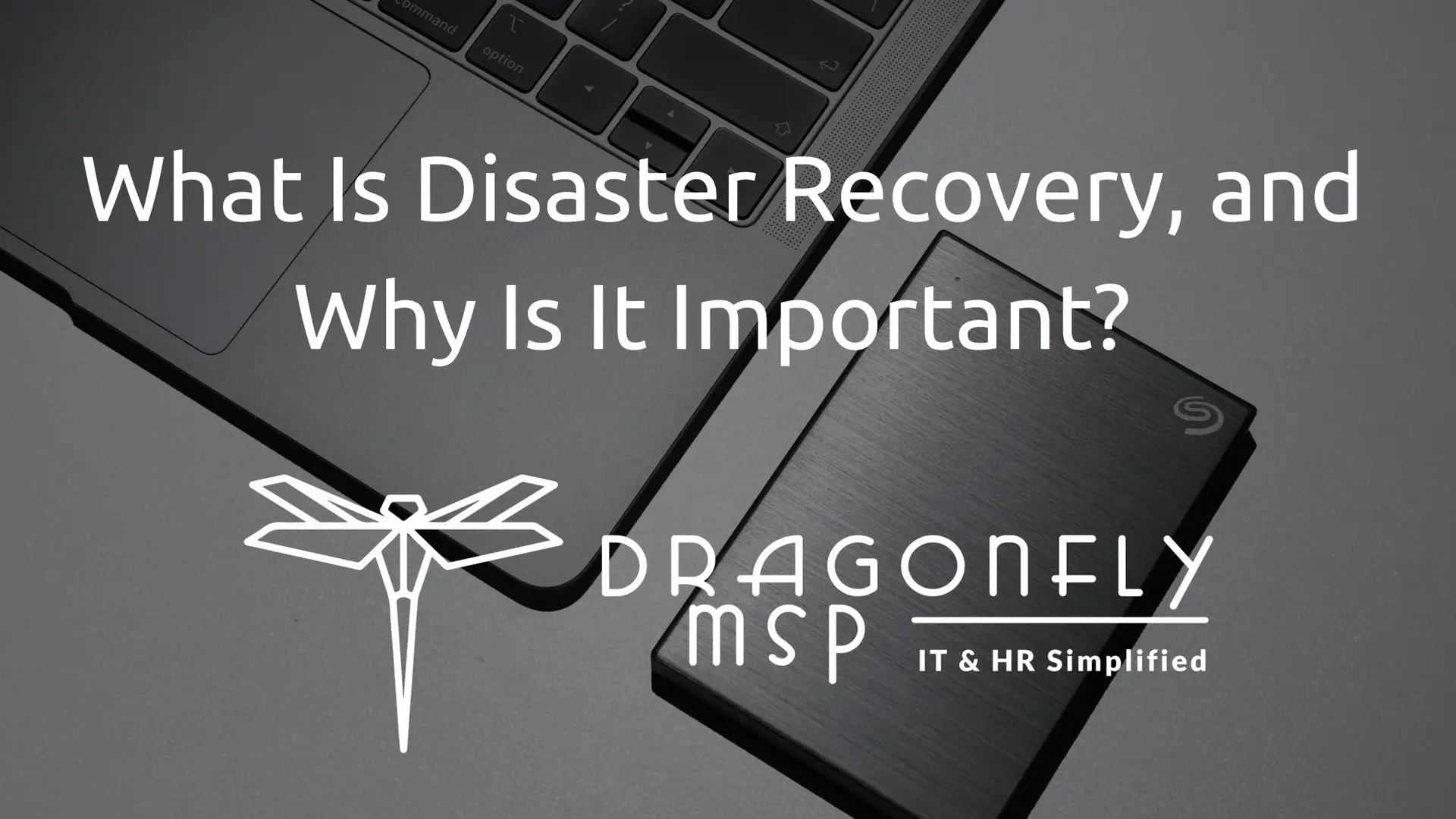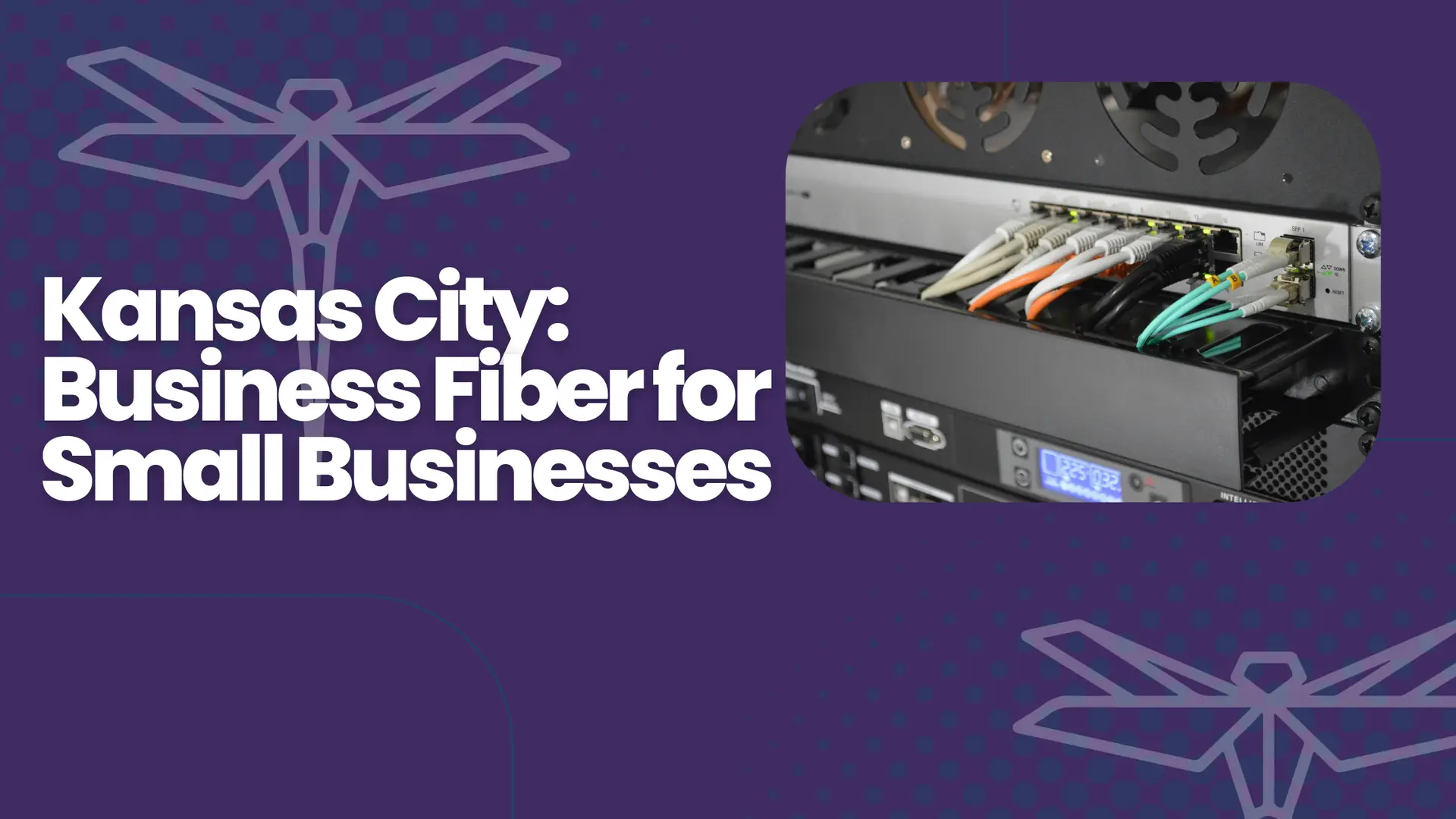Why Disaster Recovery Isn’t Just for the Apocalypse
Picture this: you’re sipping your morning coffee, checking emails, when suddenly, your entire system goes down. Panic ensues. But fear not, because disaster recovery is here to save the day! Disaster recovery isn’t just for end-of-the-world scenarios or zombie apocalypses; it’s your best friend in the digital world, ready to jump in and save your business from tech chaos.
The Basics of Disaster Recovery: Your Digital Superhero
First things first, what exactly is disaster recovery? Simply put, it’s a strategy to restore your business operations after a disruptive event, like a server crash or cyber-attack. Think of it as your digital superhero, swooping in to save the day when everything seems lost.
But wait, there’s more! Disaster recovery is not just about getting your systems back online; it’s about getting them back online fast. In the business world, time is money, and every second your systems are down, you’re losing both. So, let’s explore why you should care about disaster recovery and how it can make you the hero of your own story.
The Importance of Disaster Recovery: Because Murphy’s Law Is Real
Murphy’s Law states that anything that can go wrong, will go wrong. And in the IT world, that’s a promise! That’s where disaster recovery comes in. It’s your safety net when Murphy decides to pay a visit.
Minimizing Downtime: A Stitch in Time Saves Nine
Imagine your business operations as a well-oiled machine. Now imagine someone throws a wrench into it. Disaster recovery is like that handy toolbox you pull out to fix the problem before it spirals out of control. By minimizing downtime, you keep your business humming along smoothly, without missing a beat (or a sale).
Protecting Your Data: Like a Digital Guard Dog
Your data is your business’s lifeblood. Without it, you’re just a sitting duck in the digital pond. Disaster recovery ensures your data is backed up and ready to be restored, like a loyal guard dog protecting your precious information from cyber threats and technical mishaps.
Keeping Customers Happy: Because Nobody Likes a Grumpy Client
When disaster strikes, your customers don’t want to hear excuses. They want results. A solid disaster recovery plan keeps your business running smoothly, ensuring your customers stay happy and loyal. After all, a happy customer is a repeat customer!
The Anatomy of a Disaster Recovery Plan: Building a Resilient Business
Creating a disaster recovery plan is like building a fortress around your business. Let’s break it down into bite-sized pieces.
Assessing the Risks: Know Thy Enemy
Before you can create a plan, you need to know what you’re up against. Assess the risks your business faces, from natural disasters to cyber-attacks. By understanding potential threats, you can tailor your disaster recovery plan to address them effectively.
Setting Recovery Objectives: Dream Big, Recover Fast
Set clear recovery objectives to guide your disaster recovery efforts. Determine your Recovery Time Objective (RTO) how quickly you need to restore operations—and your Recovery Point Objective (RPO)—the maximum amount of data loss you can tolerate. These objectives are your guiding stars in the chaos of a disaster.
Developing a Strategy: Your Blueprint for Success
With your risks and objectives in mind, develop a comprehensive strategy to guide your recovery efforts. This strategy should include backup solutions, alternative communication methods, and a clear chain of command. Remember, a well-thought-out strategy is your secret weapon in the battle against business disruption.
Testing and Updating Your Plan: The Key to Staying Ahead
A disaster recovery plan is like a good pair of shoes—it needs regular care and attention to stay in top shape. Here’s how to keep your plan ready for anything.
Regular Testing: Practice Makes Perfect
Testing your disaster recovery plan is crucial. Regular drills ensure everyone knows their role and can execute the plan efficiently. Plus, it’s a great excuse to get the team together for a mock disaster scenario—complete with popcorn and dramatic reenactments!
Updating Your Plan: Embrace Change
The digital world is constantly evolving, and your disaster recovery plan should evolve with it. Regular updates ensure your plan remains relevant and effective in the face of new threats and technologies. Remember, flexibility is key to staying one step ahead of disaster.
Learning from Experience: Turn Mistakes into Masterpieces
If a disaster strikes and your plan is put to the test, take the opportunity to learn from the experience. Analyze what went well and what could be improved, and use those insights to refine your plan. After all, even the best plans have room for improvement.
The Role of Technology in Disaster Recovery: Embrace the Digital Age
In today’s digital age, technology plays a pivotal role in disaster recovery. Let’s explore how cutting-edge tools and solutions can enhance your recovery efforts.
Cloud Solutions: Your Digital Lifeboat
Cloud solutions are a game-changer in disaster recovery. By storing data offsite, the cloud ensures your information remains safe and accessible, even if your physical servers are compromised. Plus, with scalable solutions, you can tailor your cloud usage to meet your business’s unique needs.
Automation: Let the Robots Do the Heavy Lifting
Automation takes the guesswork out of disaster recovery. With automated backups and recovery processes, you can ensure your systems are restored quickly and efficiently, without manual intervention. It’s like having a team of digital minions working tirelessly to keep your business safe.
Cybersecurity: Guarding the Gates
Cybersecurity measures are an essential component of any disaster recovery plan. From firewalls to encryption, these tools protect your data from cyber threats, ensuring your business remains secure in the face of digital adversity.
Building a Culture of Resilience: Empowering Your Team
A successful disaster recovery plan is about more than just technology; it’s about people. Here’s how to build a culture of resilience within your organization.
Training and Education: Knowledge Is Power
Educate your team on the importance of disaster recovery and their role in the plan. Provide regular training sessions to ensure everyone is prepared to act when disaster strikes. Remember, a well-informed team is your greatest asset in the battle against business disruption.
Encouraging Communication: Teamwork Makes the Dream Work
In a disaster scenario, communication is key. Encourage open lines of communication within your team to ensure everyone is on the same page. Regular check-ins and updates keep your team informed and ready to respond.
Celebrating Success: Acknowledge Your Heroes
When your disaster recovery plan is tested and your team rises to the challenge, take the time to celebrate their success. Acknowledging your team’s hard work and dedication fosters a sense of pride and ownership, empowering them to continue striving for excellence.
The Cost of Inaction: Why You Can’t Afford to Ignore Disaster Recovery
Ignoring disaster recovery is like playing a game of Russian roulette with your business. Here’s why you can’t afford to turn a blind eye.
Financial Implications: Dollars and Sense
The financial impact of downtime can be staggering. From lost revenue to recovery costs, a single disaster can have long-lasting effects on your bottom line. Investing in disaster recovery is a small price to pay for the peace of mind that comes with knowing your business is protected.
Reputation at Risk: Protect Your Good Name
In today’s digital age, reputation is everything. A single disaster can tarnish your brand’s image, leading to lost customers and diminished trust. A robust disaster recovery plan protects your reputation, ensuring your business remains a trusted name in the industry.
Legal and Compliance Concerns: Stay on the Right Side of the Law
Many industries are subject to strict regulations regarding data protection and business continuity. A failure to comply can result in hefty fines and legal repercussions. A comprehensive disaster recovery plan ensures your business remains compliant and protected.
Real-Life Success Stories: When Disaster Recovery Saves the Day
Don’t just take our word for it; let’s explore some real-life success stories where disaster recovery made all the difference.
The Retail Resilience: Bouncing Back from a Cyber Attack
When a major retailer fell victim to a cyber-attack, their disaster recovery plan sprang into action. Within hours, their systems were restored, data was recovered, and business operations resumed. Thanks to their proactive approach, the retailer minimized both financial loss and reputational damage.
The Healthcare Hero: Protecting Patient Data
In the healthcare industry, protecting patient data is paramount. When a hospital’s servers crashed, their disaster recovery plan ensured patient information remained secure and accessible. With quick recovery times, the hospital maintained patient care without skipping a beat.
The Financial Fortress: Weathering the Storm
When a natural disaster threatened a financial institution’s operations, their disaster recovery plan proved invaluable. With offsite backups and alternative communication methods, the institution continued serving clients, demonstrating their commitment to customer service and business continuity.
The Future of Disaster Recovery: Embracing Innovation
As technology continues to evolve, the future of disaster recovery is bright. Here’s a glimpse into what lies ahead.
Artificial Intelligence: A New Frontier
Artificial intelligence (AI) is poised to revolutionize disaster recovery. With predictive analytics and machine learning, AI can anticipate and mitigate risks before they escalate, offering a proactive approach to business continuity.
Blockchain Technology: Securing the Chain
Blockchain technology offers a decentralized approach to data storage, enhancing security and transparency. As blockchain adoption increases, it promises to play a key role in future disaster recovery strategies.
The Internet of Things: Connecting the Dots
The Internet of Things (IoT) connects devices and systems, offering real-time data and insights. By integrating IoT into disaster recovery plans, businesses can enhance their ability to monitor, respond, and recover from disruptive events.
Conclusion: Embrace Disaster Recovery and Laugh in the Face of Adversity
In conclusion, disaster recovery is more than just a safety net; it’s a strategic advantage that empowers your business to thrive in the face of adversity. By investing in a comprehensive disaster recovery plan, you can protect your data, minimize downtime, and ensure business continuity.
So, embrace disaster recovery, and laugh in the face of adversity. With a solid plan in place, you’ll be ready to tackle whatever challenges come your way no matter how unexpected!







